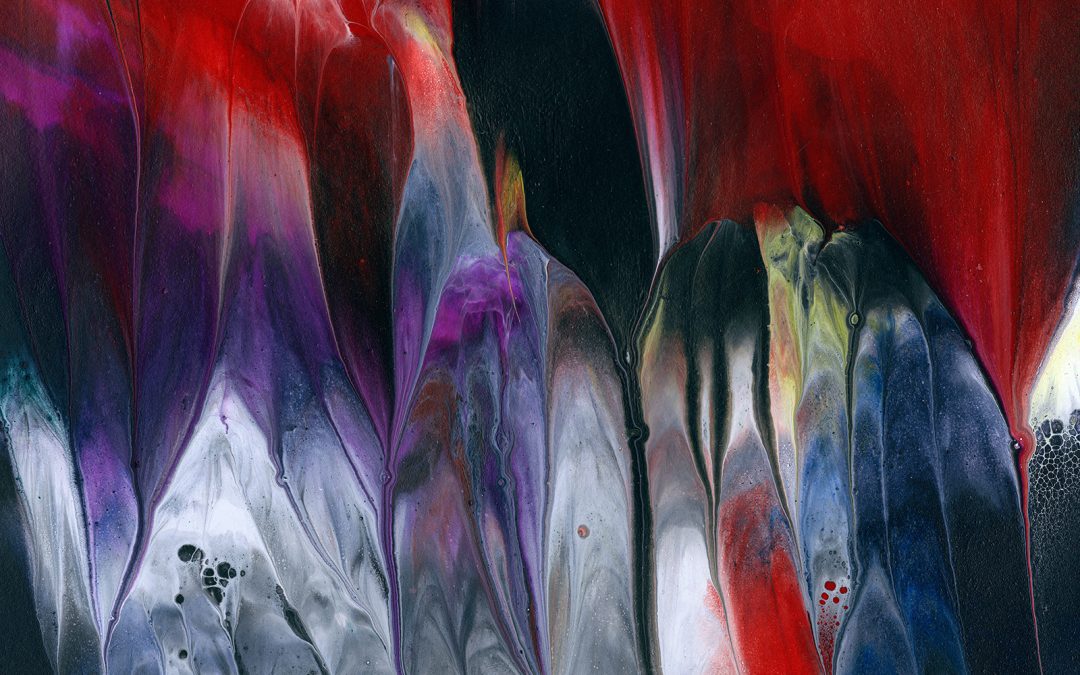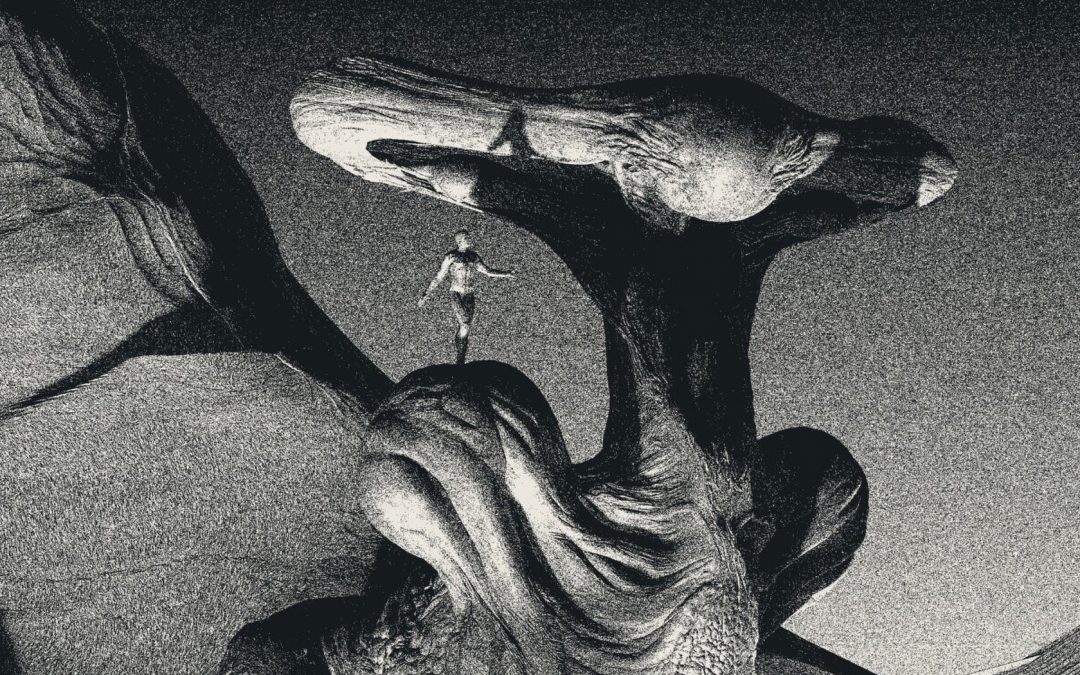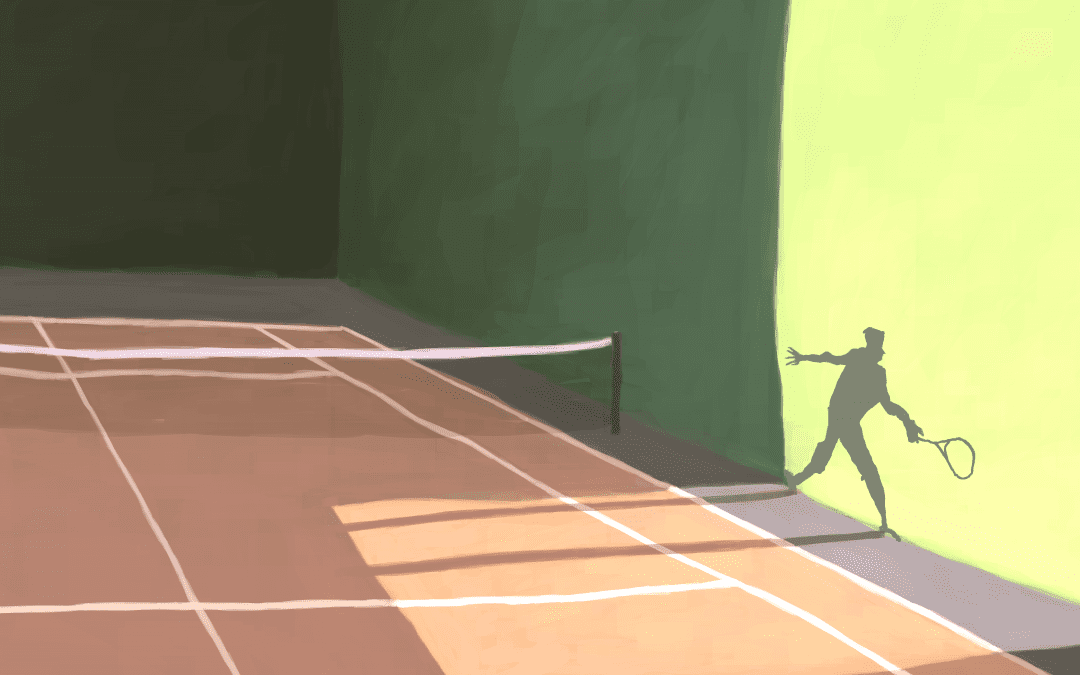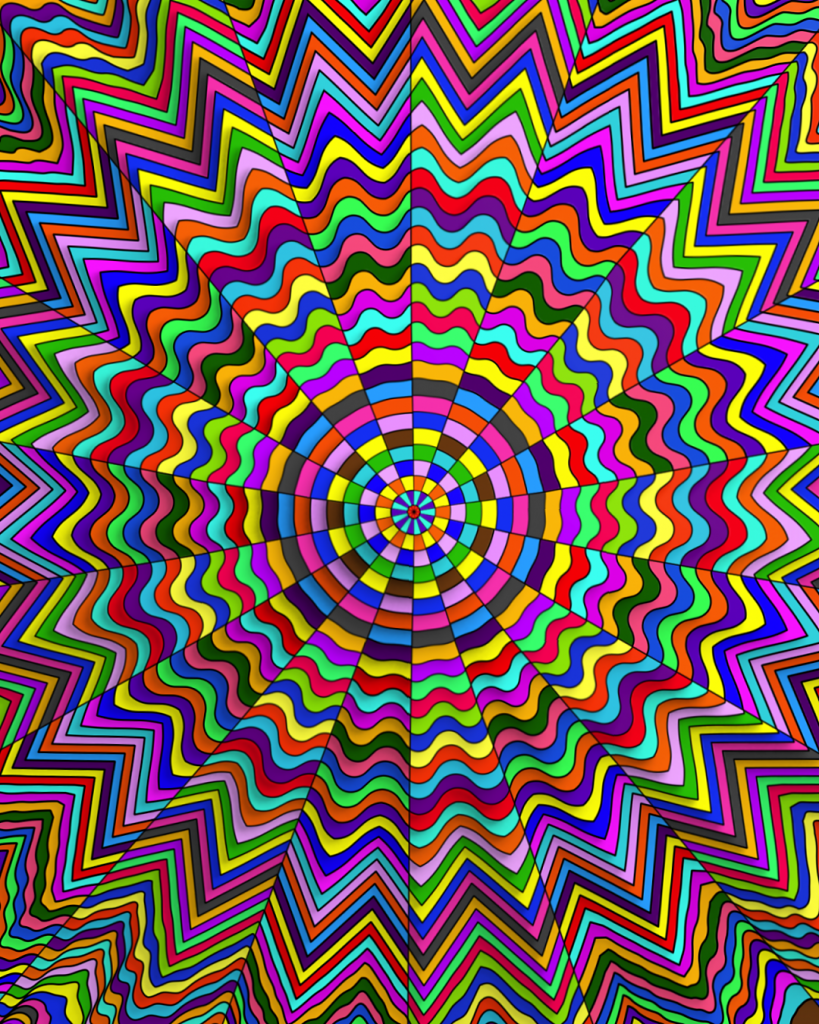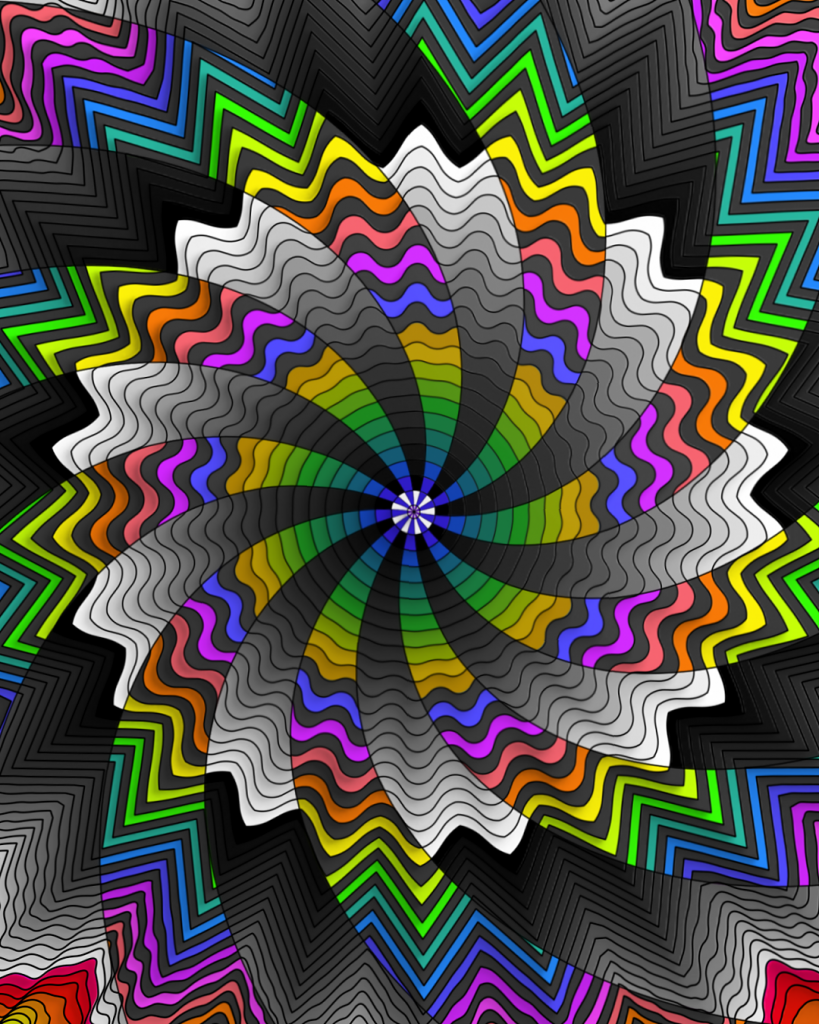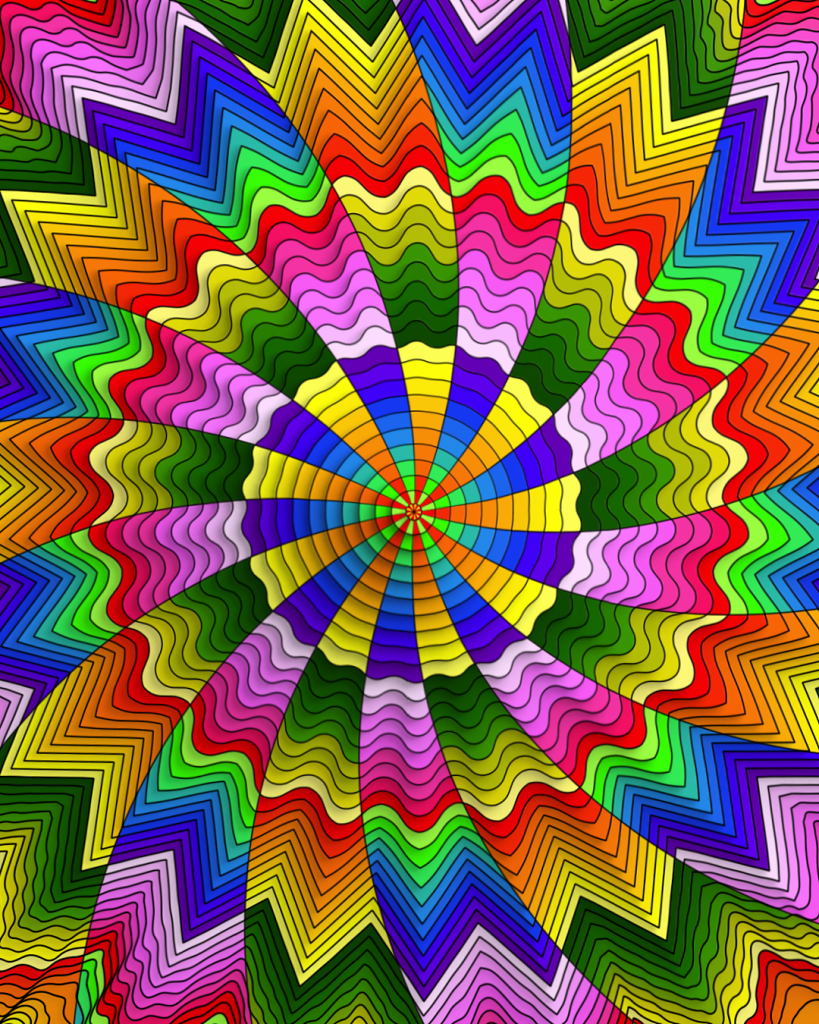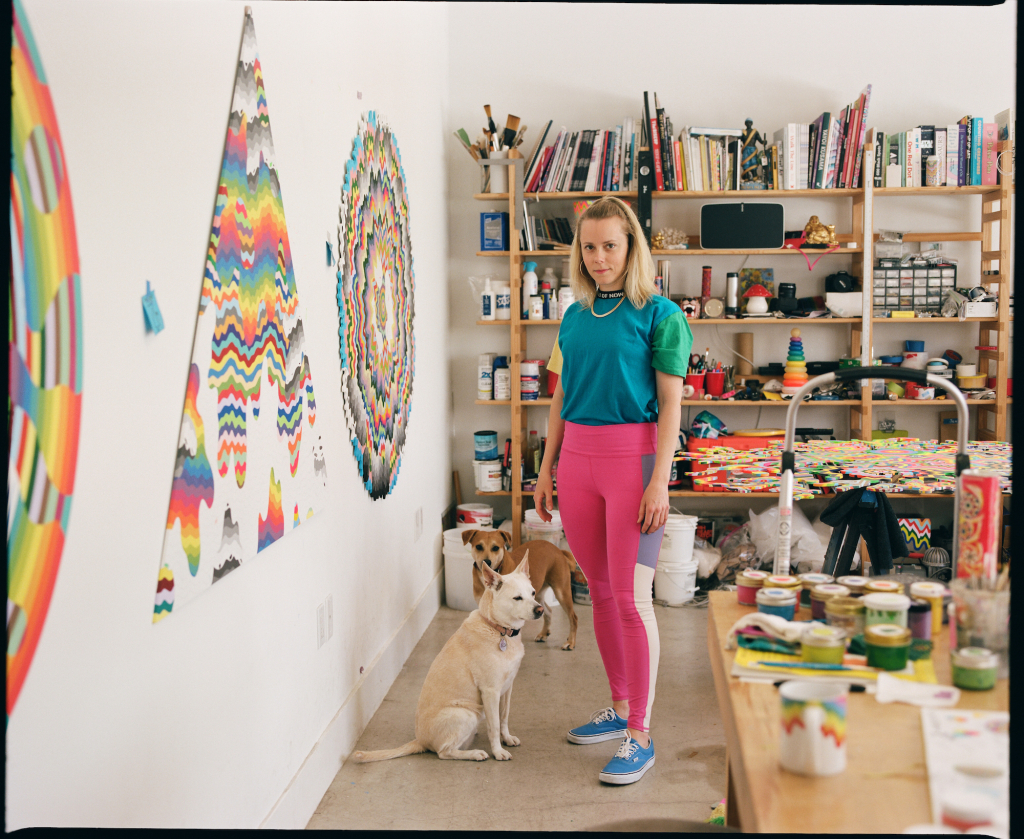SuperRare Labs Digital Editor Shutong Liu, alongside collectors Broke0x and EternalPepe, ask socmplxd about his practice, inspirations, and his plans for the future.
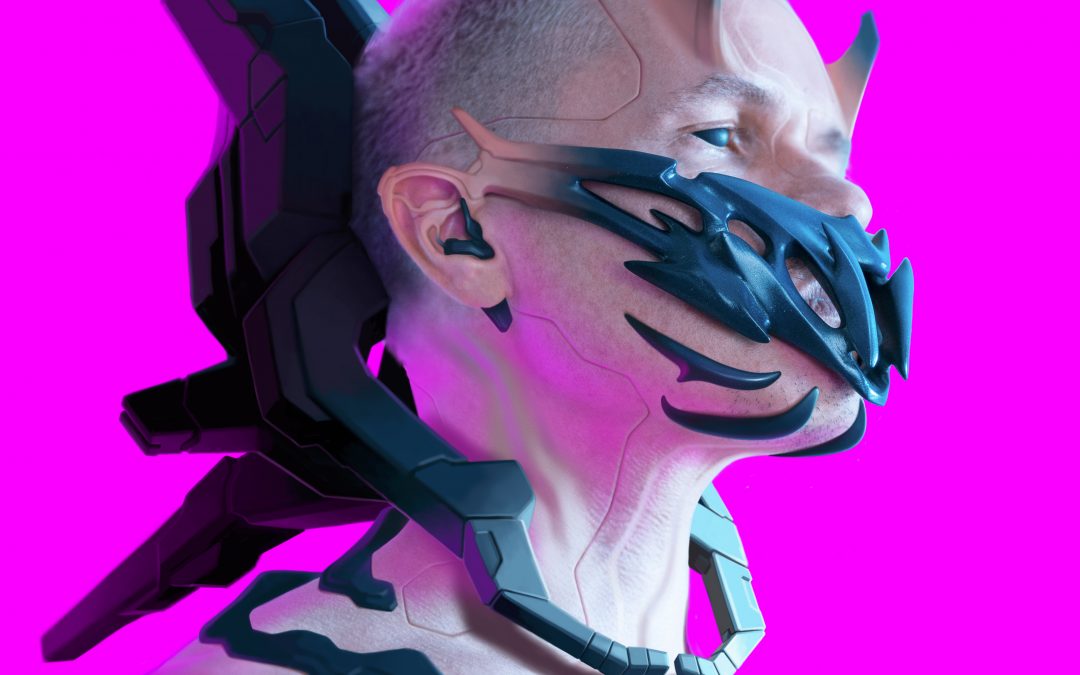
THISSET: From neon puddles to futuristic cyborgs
Editorial is open for submissions: [email protected]
by Arseny Vesnin (Twitter: @designercollector), founder of Designcollector Network (2003) and curator of the Digital Decade initiatives, exhibitions and online collaborations. Interdisciplinary mediator guiding artists and communicating the future of art. Based in St.Petersburg, Russia.
Slava Semeniuta aka Thisset (https://www.behance.net/thisset ) – is one of my favourite conceptual neon artists and photographers recently started successful experiments with CG. He infuses his work with fluorescence, and the result is beautifully, mysteriously surreal. Slava’s creative work includes logos, posters, and album covers. He has been featured on Adobe Spotlight, Apple Music Covers and was a part of my exhibition Digital Decade – Cyberia I ran in London (https://digitaldecade.net/2017). I had a chance to sit and talk with Slava on his recent debut drop and about his career.

SYMBIOSIS
Edition 1 of 1

What was your path to doing what you’re doing now?
I consider myself a photography artist, not a photographer. When I was a kid I was fond of drawing. My mom was a school teacher of drawing classes so she often took me there, and I drew freely whatever I wanted. At the beginning I copied dinosaurs, insects, ocean fauna like sharks or octopuses from illustrated study books. When I started drawing firmly I tended to make it complex and was attached to imagination without a strict visual reference. I started to dream on outer space worlds, civilisations, creatures, cyborgs and bots. I was mesmerised by Japan animation and Western sci-fi movies that flud Russia in the 90s. I was always impressed by the bio-forms of insects and once I saw Godzilla’s team, I understand that I do like to draw characters that never existed, imaginary force of my mind. Following that, I still use photography to depict something that looks like cyberpunk or fantasy.
When I was 16, I started with photography, and thought I would travel the world to shoot animals and beautiful places as in National Geographic magazine. But started to shoot insects and friends. These led me to study Photoshop and I still remember my first work. It was a human figure levitating in a thin air half visible.
Did you have an “Aha!” moment when you knew that direction and photography was what you wanted to do?
The moment of setting my life goal was in childhood – to create something new and futuristic. But the moment when I started doing photography on a decent level happened in my twenties. I had a UV lamp and started shooting objects using it. I liked how the fruits, flowers and everything else looked in these lights and colours.
At some point my friend Yulia Shur asked me to help with music video staging. She knew I am good at drawing and I was tasked to draw song texts on their bodies using fluorescent markers. During the break I put dots on her face with a brush and got an effect of a spray mist or star night. This was my starting experience with neon and UV-light photography. Since then I do it very often.

You started to develop the Neon Series and played a lot with fluorescent colours and light. Was it a breaking point in your career? How does it influence your way of doing work now?
With the help of UV lamps and fluorescent markers I started to create cyber-neon body art. I asked friends and other fellow models to take a part in my experiments. I put on lines that looked like a synthetic shell coming out through their skin and body. At that moment I created my account Local Preacher on Behance (https://www.behance.net/thisset) and uploaded my works. This was about the time Apple, Adobe, Universal Music came to buy this.
Is it important to you to be a part of a creative community of people?
The audience feedback is very important for me as an artist. And not only from like-minded people and other artists but from strangers and admirers. As I dedicated the main part of my life to photography art it is important for me to be a part of the community and find new sources of inspiration, and to be the same for others, and to earn for living. That’s why I follow trends, communicate with followers and clients and run collaborations.
You’re already a successful and well established artist, what made you pursue NFT art as a medium?
At a glance I am interested in NFT because it opens “a matrix curtain” for me. I like to think there are parallel worlds that exist, and I am happy to be a part of one of it. Be a part of the cyber universe or metaverse with its own rules and values. Same time the NFT market gives a chance to earn money being on the lockdown or just staying at home. I have known about crypto art since then, but went deep after my fellow artists started talking about it on a higher frequency. That was just about one week to decide. Thanks to Nikita Replyanski, Aeforia, Maalavida and Arseny Vesnin (who invited me to his digital exhibition in 2017.




What are your short plans for the next NFT drop?
I have big plans and am currently busy with doing 3D artwork of a very detailed object that must impress everyone (and first of all myself). I plan to create a lot of CG objects and animations in the near future, following my acid neon style.
Tech






AI art promises innovation, but does it reflect human bias too?
Can technology exist without the influence of human prejudice?
Curators' Choice






Curated Conversations: Botto collaborates with Ryan Koopmans
Ryan Koopmans and Simon Hudson, BottoDAO’s Operator, speak about how this collaboration came about, how it went, and reflect on its aftermath.










